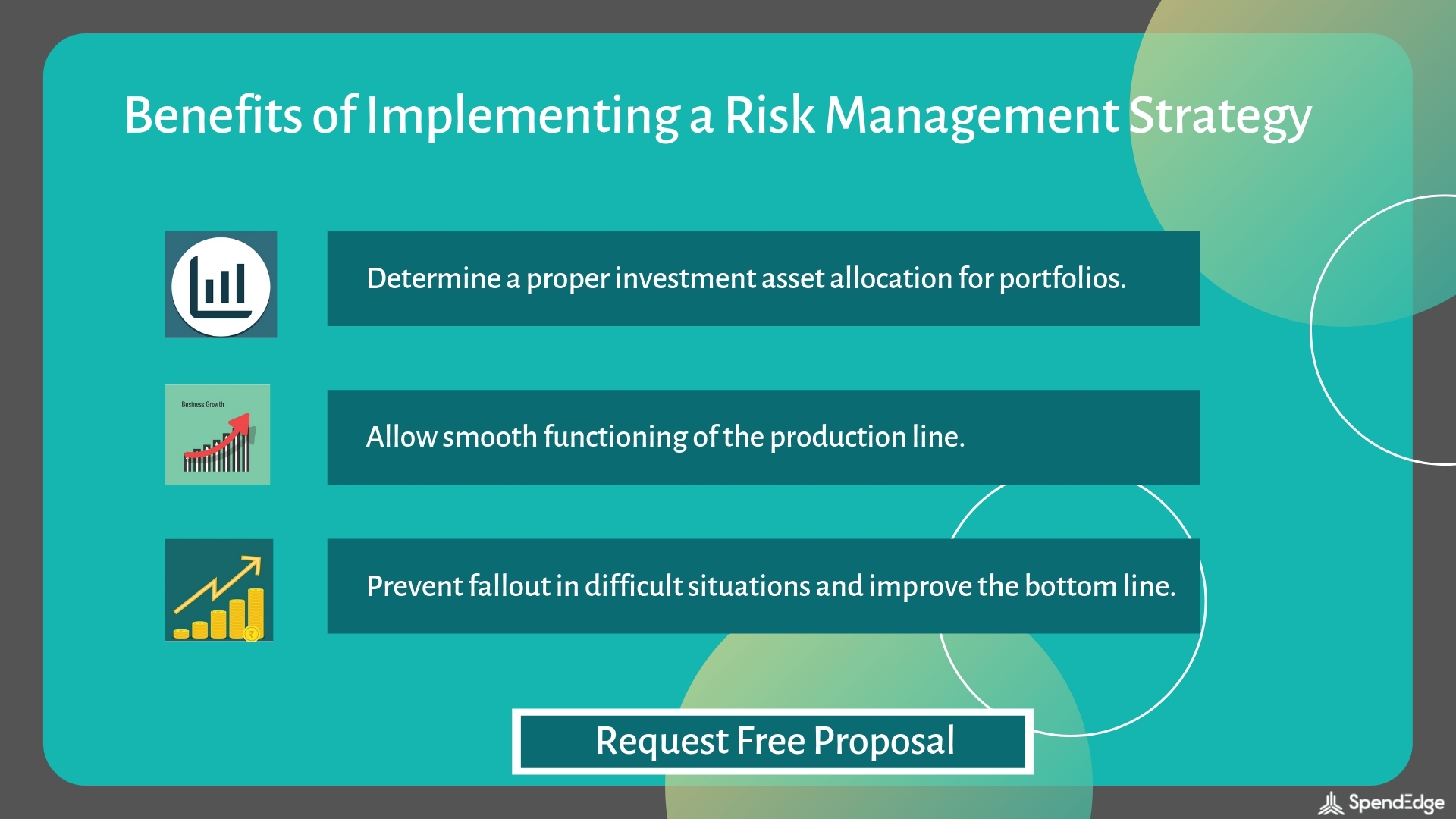Checking out the Importance of Risk Management for Effective Decision-Making Techniques
In the detailed world of organization, Risk Management emerges as an essential consider the decision-making process. The capability to recognize prospective threats and chances, and plan accordingly, can lead to the difference between success and failure. With devices such as SWOT and PESTEL, organizations are furnished to make enlightened choices, promoting strength and adaptability in an ever-changing atmosphere. Wondering just how this works? Let's unbox the dynamics even more.
Comprehending the Idea of Risk Management
Risk Management, a vital part in decision-making, is frequently misconstrued or oversimplified. Usually, it refers to the identification, assessment, and prioritization of dangers to reduce, keep track of, and manage the likelihood or effect of unfavorable occasions. However, it's not merely about avoiding unfavorable results, however likewise regarding recognizing potential opportunities. Risk Management includes regimented and structured methods, utilizing information and informative evaluations. It requires a comprehensive understanding of the company's context, purposes, and the prospective risks that can combat them. From monetary uncertainties, lawful obligations, tactical Management mistakes, to accidents and all-natural catastrophes, it deals with various threats. Significantly, effective Risk Management is not stationary; it's a constant, forward-looking procedure that develops with changing circumstances.
The Duty of Risk Management in Decision-Making Processes
In the world of calculated preparation and company operations, Risk Management plays an essential role in decision-making procedures. It helps in recognizing prospective hazards and uncertainties that can affect the success of company purposes. By tracing these dangers, firms can develop methods to minimize their impact, making certain business continuity and stability. Risk Management hence becomes an important device in decision-making, helping leaders to make educated options based upon an extensive understanding of the dangers entailed. It urges an aggressive technique, making it possible for companies to prepare and anticipate for possible future situations. This substantially lowers the chance of negative consequences, advertising more effective and efficient decision-making strategies. Risk Management serves as an important component in the decision-making procedures of any organization.

Just How Risk Management Enhances Strategic Preparation
In the context of critical preparation, Risk Management plays a pivotal duty. Initiating with the identification of possible threats, it even more extends to the implementation of Risk mitigation actions. The duty of Risk Management is vibrant yet not fixed, as it requires constant monitoring and adjusting of strategies.
Recognizing Possible Dangers
Executing Risk Reduction
Having established the value of recognizing possible risks, the next action is to discover Risk reduction. This process includes developing and executing approaches to handle identified risks properly. It is an important facet of strategic preparation as it enhances decision-making by minimizing prospective adverse outcomes. Risk reduction strategies can range from Risk evasion, Risk transfer, to run the risk of decrease. Each strategy ought to be customized to the particular Risk, considering its prospective influence and the company's Risk resistance. Reliable Risk reduction calls for a deep understanding of the Risk landscape and the prospective effect of each Risk. This understanding enables organizations to focus on dangers and designate resources efficiently, ensuring that the most significant dangers are addressed initially.
Surveillance and Changing Approaches
Though Risk reduction is a critical step in tactical preparation, constant monitoring and modification of these methods is just as essential. It additionally provides a chance to review the success of the Risk Management procedures, enabling adjustments to be made where essential, more boosting strategic planning. Surveillance and adjusting Risk Management strategies is a vital element for enhancing an organization's resilience and strategic preparation.
Instance Researches: Successful Risk Management and Decision-Making
In the world of business and financing, effective Risk Management and decision-making often offer as the pillars of prosperous ventures. These instances highlight the worth of astute Risk Management in decision-making processes. These instances highlight the crucial duty of Risk Management in strategic decision-making.
Devices and Techniques for Efficient Risk Management
Browsing the intricate puzzle of Risk Management needs the right set of tools and methods. These devices, such as Risk registers and warmth maps, aid in recognizing and evaluating possible risks. Methods include both measurable methods, like level of sensitivity analysis, and qualitative techniques, such as SWOT evaluation. These assistance in prioritizing dangers based upon their prospective effect and possibility. Risk response methods, a key part of Risk Management, include approving, avoiding, transferring, or mitigating threats. Surveillance and managing threats, through routine audits and testimonials, make sure that the techniques continue to be reliable. With these tools and methods, decision-makers can browse the facility landscape of Risk Management, therefore promoting informed and efficient decision-making.
Future Patterns in Risk Management and Decision-Making Techniques
As we check out the huge landscape of Risk Management, it becomes noticeable that the techniques and tools used today will certainly go to my site proceed to advance. Future fads direct in the direction of an enhanced reliance on innovation, with expert system and equipment understanding playing substantial roles. These technologies will certainly make it possible for organizations to forecast possible this dangers with greater precision and make more informed choices. Furthermore, there will be an expanding emphasis on resilience, not simply in handling risks but additionally in recuperating from adverse scenarios. Finally, the concept of Risk society, where every member of a company understands and associated with Risk Management, will certainly get much more prestige. These fads declare a more positive and comprehensive approach in the direction of Risk Management and decision-making.
Conclusion

Risk Management thus becomes a vital device in decision-making, aiding leaders to make educated options based on a comprehensive understanding of the dangers included. Risk reduction strategies can range from Risk avoidance, Risk transfer, to risk reduction (importance of risk management). Efficient Risk mitigation requires a deep understanding of the Risk landscape and the possible impact of each Risk. Risk action methods, a crucial element of Risk Management, include accepting, avoiding, transferring, or mitigating risks. The idea of Risk society, where every member of an organization is conscious and involved in Risk Management, will certainly get much more prominence